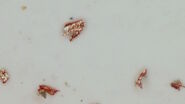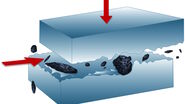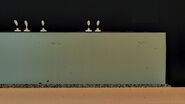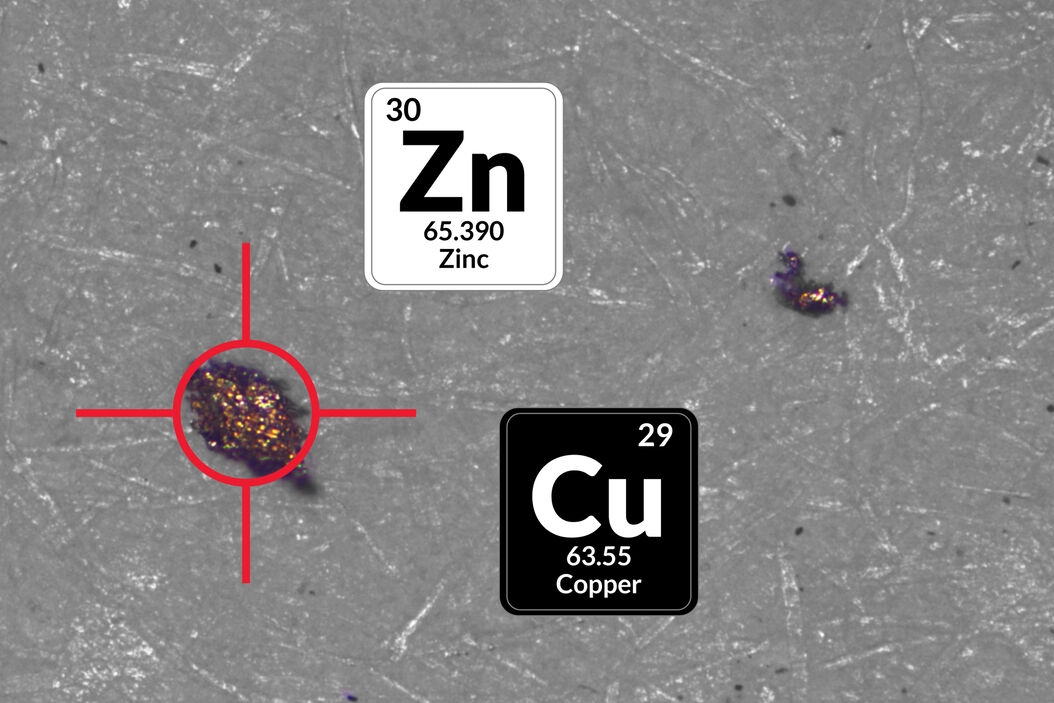Related Articles
-

Battery Particle Detection During the Production Process
How battery particle detection and analysis is enhanced with optical microscopy and laser…
Apr 03, 2024Read article -

Key Factors for Efficient Cleanliness Analysis
An overview of the key factors necessary for technical cleanliness and efficient cleanliness…
Jan 03, 2024Read article -

Structural and Chemical Analysis of IC-Chip Cross Sections
This article shows how electronic IC-chip cross sections can be efficiently and reliably prepared…
Sep 05, 2023Read article

